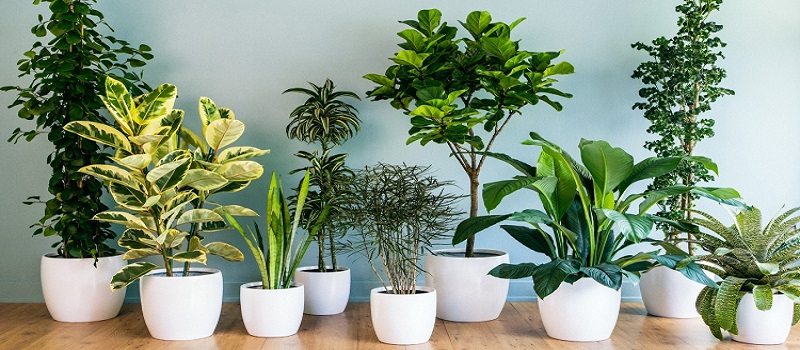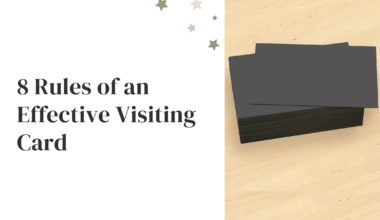The most effective plants for erosion management are ground covers or shrubs that are robust, visually appealing. They have a root structure capable of holding back dirt on a hillside or slope. They should have used a lot more vegetation to decrease the speed of the torrential downpour. If you reside in deer country, the plants you choose should be those deer don’t prefer to consume. The following list provides you with a range of options, each satisfying the requirements mentioned above. When selecting plants, try to strike a balance between their aesthetics and their usefulness. If you grow the most admirable plant, you can find it in a garden catalogue under the incorrect conditions (too much shade or too much sun), or if you ask it to perform a role for which it is not suited, it will disappoint you. It may also need to strike a balance between aesthetics and vigour because you don’t want to create a landscape-maintenance nightmare by bringing plants to your yard that will expand beyond the boundaries you want them to grow in. Consider that some of the most significant plants for erosion management will be too aggressive for certain homes, so consider your options on an individual basis before making a final decision.
The management of erosion is one of the most essential and complex landscaping concerns to deal with, especially if you are attempting to prevent the erosion of an incline or steep slope. Along with planting perennial ground coverings and shrubs such as Deutzia that will spread and strike down roots to help keep soil, consider building terraces to help with soil retention. Terraces may be constructed using tiny stone retaining walls on a gentle slope by the average person; however, for steep slopes that are at an urgent risk of eroding, it is preferable to leave the task to the professionals.
We can save the planet by instilling the plants near us and make it more habitable. Moreover, we can send indoor plants online to near and dear ones and make them happy.
Creeping junipers:
After all, what is the point of cultivating creeping junipers? The most beneficial aspect of these ground coverings is that they are fast-growing and will assist you in suppressing typical lawn weeds and other undesirable plants. In terms of landscaping, they are preferable to grass since they do not require mowing, which makes them more aesthetically pleasing. Climbing junipers such as Juniperus horizontalis ‘Blue Rug’ are a popular choice for gardeners. People do occasionally use the latter, but the benefits landscape fabric (also known as “weed barrier”) has over it is that it breathes, which means that a certain amount of air and water will be able to reach the plants’ root systems as a result of its breathability. The homeowners made the error of not covering this debris with mulch, which was a costly blunder. If the weed barrier is exposed to direct sunlight for an extended period, it will deteriorate. Furthermore, you’ll want to place a tiny amount of mulch in the holes as well to discourage weeds from springing up directly next to your creeping juniper plants.
The Creeping Myrtle:
In contrast to creeping juniper, creeping myrtle (Vinca minor) is one of the ground coverings that can tolerate shade, unlike the former. However, it is a small evergreen (3 to 6 inches in height), similar to a creeping juniper. Another advantage of creeping myrtle is that it is a drought-tolerant ground cover, which is very useful. It is common for steep slopes to be among the least accessible sections of a home’s landscaping for homeowners, making the task of adequately watering plants in such locations difficult. When you choose naturally drought-tolerant plants, you relieve yourself of part of the responsibility of caring for them.
Forsythia:
Remember that you are not restricted to ground coverings (perennials and short shrubs that grow horizontally) (although, in some cases, you may prefer shorter plants). In reality, when rapid results are required in difficult erosion situations, shrubs might be the most effective plants for erosion prevention. For example, They can penetrate the earth with more extensive, stronger roots. They can produce robust root systems that are excellent at retaining soil. Forsythia is an example of such a plant, as it is a shrub that blooms in the early spring. The weeping form (Forsythia suspensa) might be a suitable choice for conserving soil on a slope. It has the following characteristics: When the drooping branches contact the ground, they will strike down the roots, functioning as ground coverings.
Japanese Spurge:
Pachysandra terminalis, often known as creeping myrtle, is a short, evergreen ground cover that provides shade. In the botanical world, Japanese Spurge is classified as a leaf plant. Even though it produces tiny, white blooms, they are of little use. The leaves have a leathery texture and appearance, which adds additional visual appeal to your landscape. Anyhow, buy plants online for your house and make your house more attractive.








